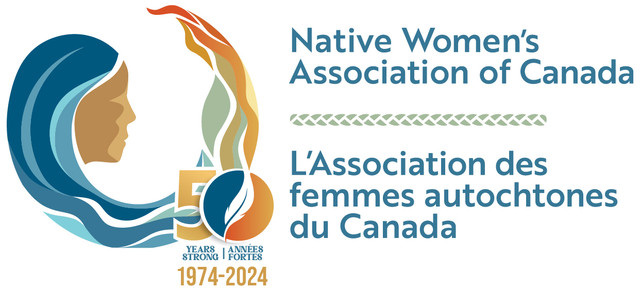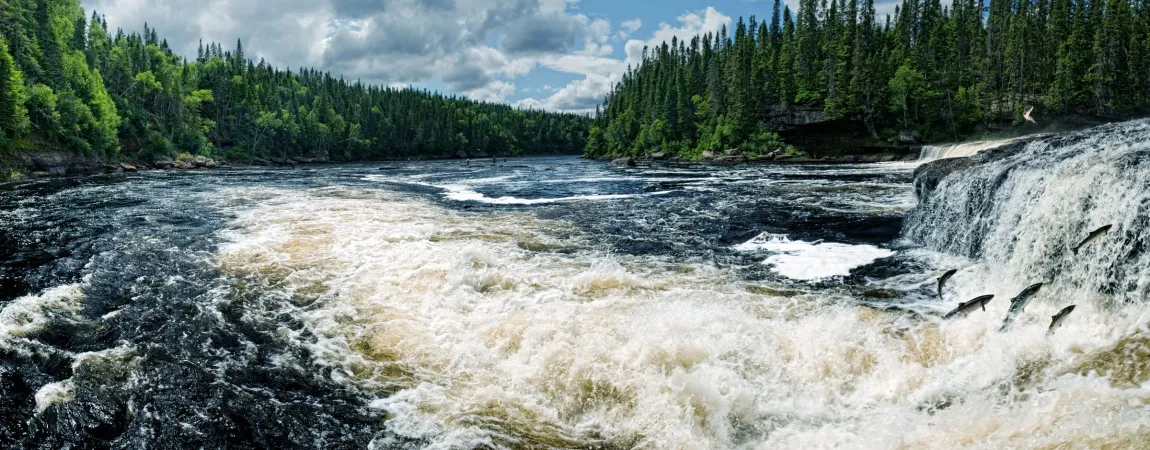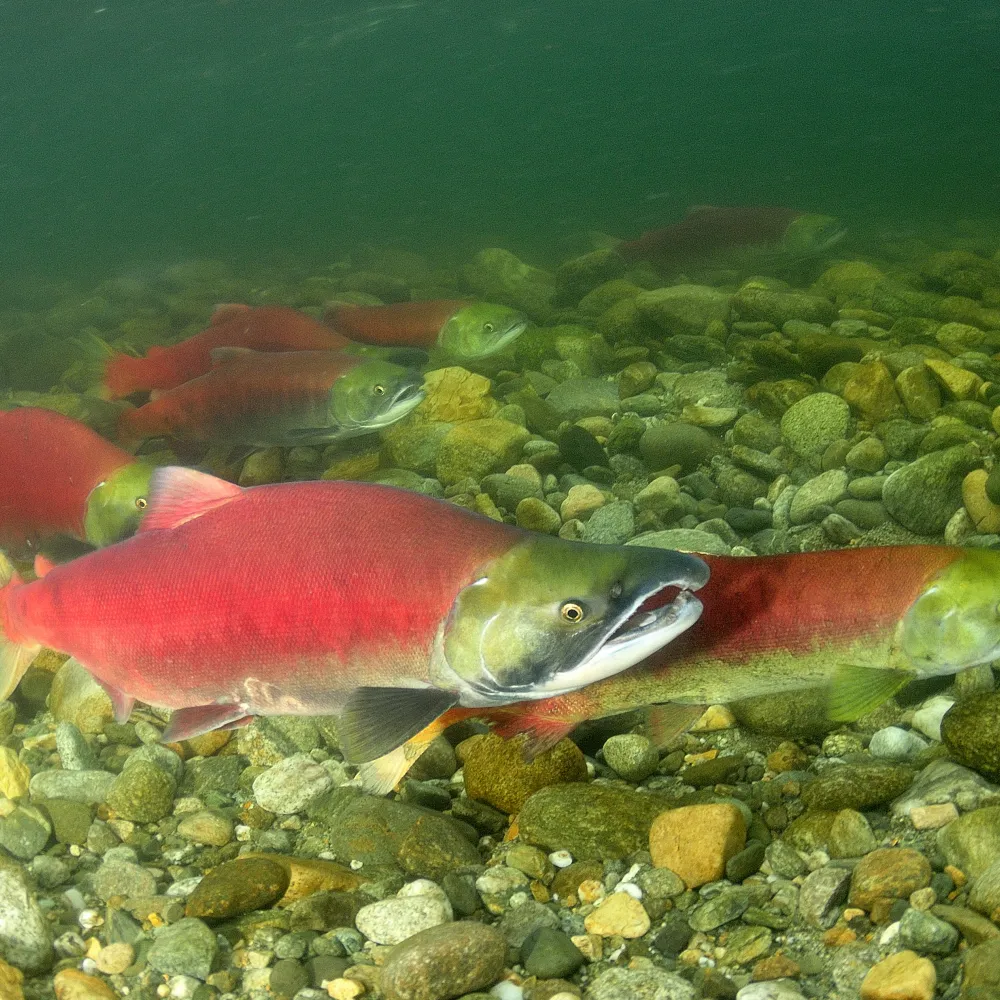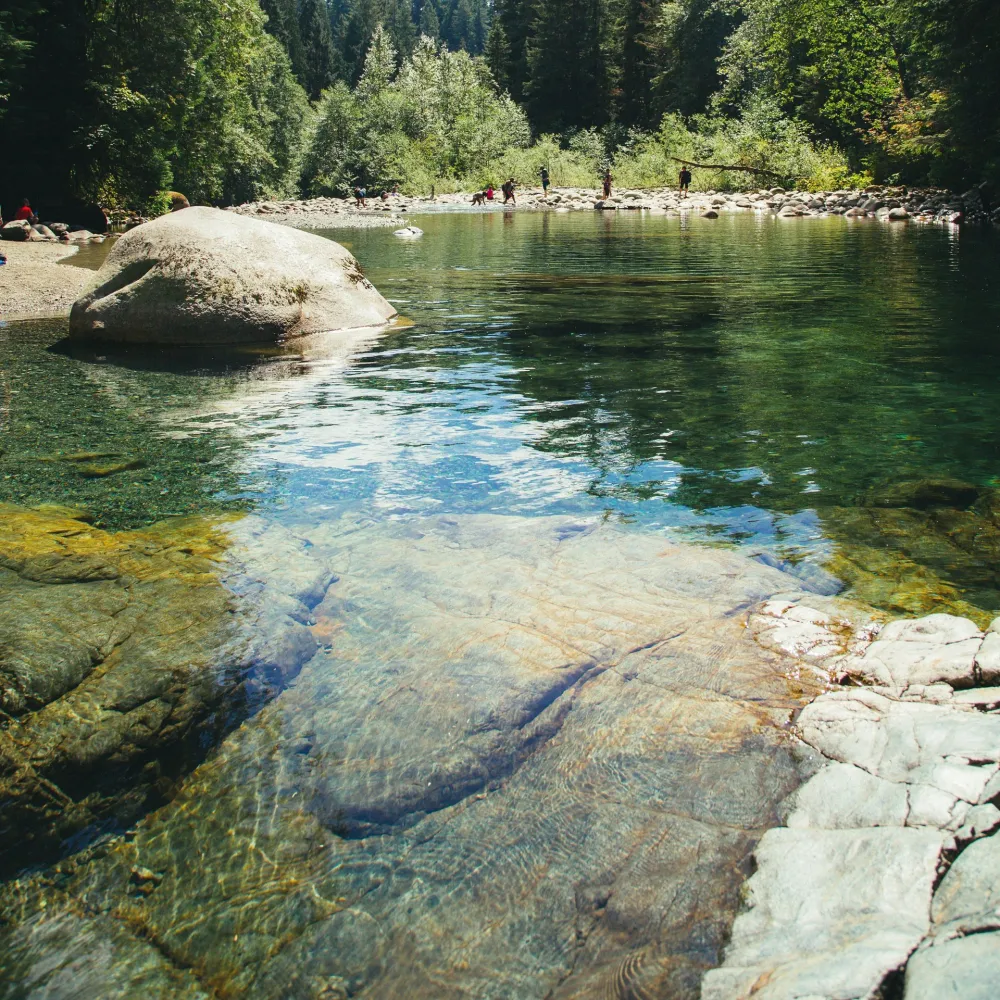About The Program
The Fish and Fish Habitat Protection (FFHP) program, under sections 34-42 of the Fisheries Act , aims to protect fish and fish habitat in Canada by:
- conserve existing fish and fish habitat resources
- protect these resources against future impacts
- restore fish habitat
To protect fish and fish habitat, the FFHP includes specific provisions that prohibit any work, undertaking or activity (other than fishing) that results in the death of fish or the harmful alteration, disruption, or destruction of fish habitat.
These provisions also set out the authority of the Minister to make orders to protect fish and fish habitats, authorize certain works, undertakings and activities that are otherwise prohibited, and make regulations (or recommend the making of regulations to the Governor in Council) in matters related to fish and fish habitat protections. There are two broad categories of decision-making under the FFHP:
Regulation-Making Powers:
- the restoration, conservation, and protection of fish habitat;
- listing categories of works, undertakings and activities not subject to FFHP provisions prohibiting adverse impacts on fish and fish habitat;
- Listing waters in which works, undertakings and activities may be carried out without contravening the FFHP provisions prohibiting adverse impacts on fish and fish habitat;
- Establishing conditions and requirements for issuing authorizations to undertake works, undertakings activities that may adversely affect fish or fish habitat; and
- Conditions under which confidential Indigenous knowledge provided under the Act may be disclosed without consent;
Administrative Decision-Making Powers:
- Ministerial orders to take certain actions related to obstructions to the passage of fish or the protection of fish habitat;
- Authorizations to undertake activities that result in adverse impacts on fish or fish habitat;
- Designating categories of activities that are not subject to the prohibitions on causing harm to fish habitat;
- Authorizations to undertake potentially harmful activities in ecologically significant areas; and
- Ministerial orders to modify or restrict activities that may adversely impact on fish and fish habitat.
Using the FFHP Portal
The FFHP portal is not a traditional website. It is designed to create opportunities for Indigenous women, girls, and gender-diverse people to share their perspectives on matters related to fish and fish habitat protection in two ways:
- Firstly, through this portal, NWAC will act as a convener to ensure that its partners keep up to date with changes to the DFO’s policies and programs related to the Fish and Fish Habitat Provisions of the Fisheries Act.
- Secondly, NWAC will ensure that the ideas and ideals of Indigenous women, girls, and gender-diverse people inform any proposed changes to the Fish and Fish Habitat provisions of the Fisheries Act.
Consequently, whenever the DFO proposes a change to the Fish and Fish Habitat provisions of the Fisheries Act, under the Fish and Fish Habitat Protection Program [FFHPP], NWAC will engage its partners using different methods, e.g., sharing circles, round table discussions, surveys, and one-on-one interviews.
The information collected using these methods will be used to prepare reports which will be shared with the DFO. This will ensure that regulations, policies, guidelines, or codes of practice proposed by the DFO include in a meaningful way the perspectives of Indigenous women, girls, and two-spirit people.
This portal will also enable NWAC’s partners to sign up for notifications to receive information on the dates and timelines for engagement activities related to the Fish and Fish Habitat Protection Program [FFHPP].
Notice of Engagement Activities
Beginning in the fall of 2020, the DFO embarked on a multi-year engagement process with Indigenous people and other key stakeholders throughout Canada. These engagements are in line with the DFO’s commitment to achieving reconciliation with Indigenous peoples.
The DFO’s engagement has been rolled out in several Waves. Wave 1 commenced in December 2020 and was completed in December 2021. Wave 1 focused on the following areas:
- Guidance on the Consideration of Cumulative Effects on Fish and Fish Habitat
- Prescribed Works and Water Regulation
- Offsetting and Habitat Banking Policy; and
- Codes of Practice – Interim and New.
Some areas from Wave 1 carried over into Wave 2. Wave 2 engagements are currently ongoing and are scheduled to be completed in January 2023. Wave 2 focused on the following areas:
- Death of Fish Position Statement
- Existing Facilities and Structures Position Statement
- Ecologically Significant Areas; and
- Framework for Aquatic Species at Risk Conservation.
- Conversations on identifying priorities for the restoration of fish and fish habitat
During Wave 2 engagement activities, NWAC focused primarily on item 5 above, identifying priorities for the restoration of fish and fish habitats. The DFO’s engagements in this focus area began in May of 2022 and were completed in June 2022.
During the period June to September 2022, as part of Wave 2, NWAC engaged its partners in a series of roundtables, interviews, and an online survey to receive their perspectives on identifying priorities for the restoration of fish and fish habitat.
Use the tabs below to view engagement activities and reports from Wave 1 and Wave 2 and other information related to the Fish and Fish Habitat Protection Program [FFHPP].







